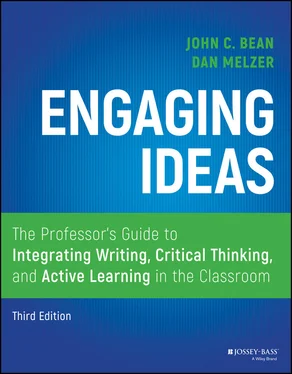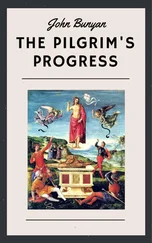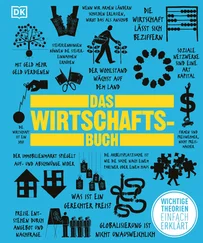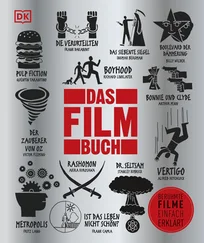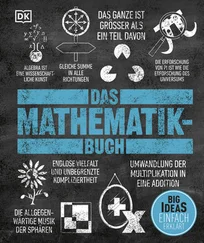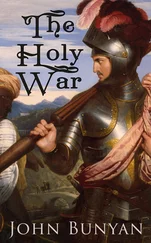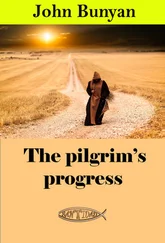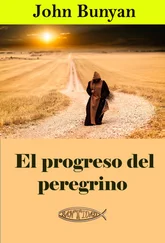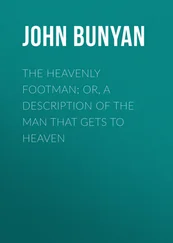Thinking Piece Task: When Kendi was a teenager, his parents and grandparents warned him of the dangers of hip‐hop, expressing a view similar to that of linguist John McWhorter: “By reinforcing the stereotypes that long hindered blacks, and by teaching young blacks that a thuggish adversarial stance is the properly ‘authentic’ response to a presumptively racist society, rap retards black success” (87). How does this view differ from Kendi's own experience with the hip‐hop scene on the Ave in Jamaica Queens? To what extent does Kendi's distinction between assimilationists (who discourage hip‐hop) and antiracists cause you to rethink any of your ideas about structural racism?
Another strategy is to create “decentering” tasks that encourage students to see a phenomenon from an unfamiliar perspective. Here is an example of a possible thinking piece assignment from nursing:
Most public discussion of the coronavirus has focused on the medical model of infectious diseases concerned with the pathology of COVID‐19, methods of transmission, advances of treatments, and search for vaccines. However, in the founding days of modern nursing, Florence Nightingale championed an environmental/miasma model of infectious diseases. Based on your understanding of Nightingale's writings, how might public discussion of the coronavirus differ today if more emphasis were placed on her theories?
Still another approach is to ask students to play what Peter Elbow calls the “believing and doubting game” (1973, 147), a strategy that we explain in detail in chapters 8and 9. The believing/doubting game—like other heuristic exercises based on pro/con brainstorming—is specifically designed to induce cognitive dissonance. The point of all these strategies is to present students with conflicting interpretations of material and to encourage them to confront the inadequacies and contradictions lying dormant in the views they bring to college.
Present Knowledge as Dialogic Rather Than Informational
In addition to creating cognitive dissonance for our students, we need to show them that our course readings, textbooks, and lectures are not simply “information‐to‐be‐remembered,” as if nothing were at stake, but contingent perspectives embedded in a field of inquiry, analysis, and argument. Suppose a history textbook enumerates the “five causes of the Civil War.” Novice students are apt to regard these five causes as facts or “right answers” to be memorized for a test. To grow as critical thinkers, they need to see these causes as interpretations by historians—as meaning‐making analyses open to revision and debate. In many academic disciplines—particularly the humanities and social sciences—teachers can easily situate course readings within a dialogic view of knowledge by showing students, for example, how existentialists are in conversation with Plato, how psychologists engage the nature/nurture debate, or how in literature and art postmodernists dismantle the meanings found by earlier critics. In other disciplines—particularly in STEM fields—introductory courses must transmit a disciplinary knowledge base of information that students must indeed commit to memory. But much of what is now “known” in the sciences—and passed on to students as current knowledge—was once unknown and subject to theory, hypothesis, and empirical research. If STEM teachers can promote awareness of the historical development of knowledge—the original questions that gave rise to the currently accepted facts—they will be foregrounding what we mean by a dialogic or questioning epistemology.
To illustrate the difference between information‐to‐be memorized and information situated within a dialogic structure, consider the approach of a much loved and now deceased historian at John's institution. In advance of a unit of lectures, this master teacher gave his students a series of controversial theses that brought the course's subject matter into problematic focus. The students knew in advance that they would need to use what they learned from lectures and readings to address each thesis in a short writing assignment. Typical theses used by John's colleague included the following:
The essential theme of the French Revolution was human freedom; Napoleon Bonaparte killed the French Revolution by reversing its thrust toward freedom.
The Industrial Revolution created unprecedented wealth at the expense of brutalizing European labor and colonial producers.
The ultimate victors in the English Revolution of 1688, the American Revolution, and the French Revolution were the economically conservative property‐owning classes.
In all cases, the writing assignment is the same: “present an argument that supports, rejects, or modifies the given thesis, and support your response with factual evidence.” This teacher's goal was to help students see the difference between history as one damn thing after another and history as a constructed argument based on data and interpretation.
Teach the Academic “Moves” and Genres That Are Important in Your Discipline
Another strategy for promoting critical thinking is to teach students the academic “moves” and genres that are important to your discipline. Certain moves of academic writing are generic across many disciplines. For example, Graff and Birkenstein (2009) have identified moves that help students position their own claims within a conversation of alternative views. Here are some examples of particularly important moves:
“They say/I say”—which teaches students to summarize the views to which they are responding. In some cases, the “they say” is an opposing view that the writer is pushing against (for example, a “mistaken critic”) whereas the “I say” is the writer's own argument. In other cases, the “they say” sums up the current state of knowledge on a question (the literature review) prompting the “I say,” which is the writer's contribution aimed at advancing knowledge.
“Yes, no, OK but”—which teaches students three main ways to respond to another writer's view: to accept it and extend it (yes), to disagree with it (no), or to complicate it (OK but).
“Plant a naysayer in your text”—which teaches students to role‐play alternative views by imagining and responding to objections raised by skeptical readers.
“So what?”—which teaches students to articulate why the writer's argument matters by showing what is at stake.
Closely related to Graff and Birkenstein's academic moves are prototype templates for the deep structure of an academic argument (see Bartholomae, 1985):
Many scholars have argued X, but I am going to argue Y.
Scholars have frequently asked questions X, Y, and Z. But curiously they have neglected to ask question A. This essay poses question A and proposes a solution.
Researchers are currently confident in their understanding of X and Y. But we don't yet understand Z because a component of Z is unknown. This paper tests a hypothesis relevant to that component.
Simply helping students understand these prototype structures goes a long way toward helping them envision a purpose for their writing. The deep structure moves just described seem generic across disciplines, but students also need to learn discipline‐specific ways of thinking and writing, particularly within their majors. Students often have difficulty transferring the skills and knowledge learned in first‐year composition to these new ways of thinking and writing. Recent research in the transfer of learning has led to an important pedagogical movement often called “teaching for transfer” (Adler‐Kassner and Wardle, 2015; Anson and Moore, 2017; Downs and Wardle, 2014; Moore and Bass, 2017; Reiff and Bawarshi, 2010; Yancey, Robertson, and Taczak, 2014). This research has shown that the thinking required for transfer is remarkably complex.
Читать дальше
